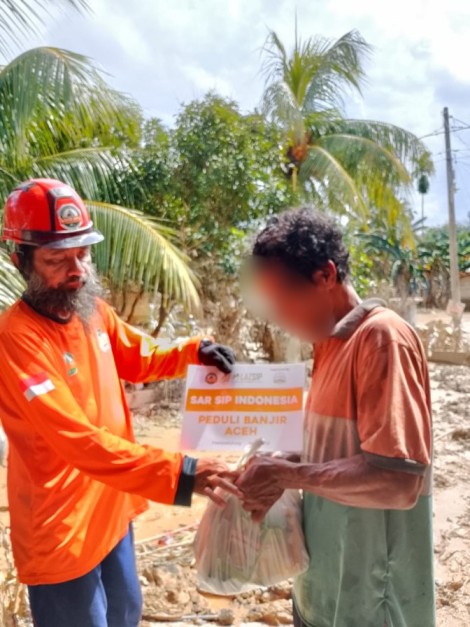Highest TB burden in Indonesia covers areas in Java, N Sumatra, S Sulawesi

The highest burden of tuberculosis (TB) cases in Indonesia covers areas in Java, North Sumatra and South Sulawesi, taking into account the dense population, the number of previously recorded TB cases, the success rate of early detection and treatment, as well as the environment, especially air pollution.
Jakarta (Indonesia Window) – Java, North Sumatra and South Sulawesi have the highest burden of tuberculosis (TBC) cases in Indonesia.
“This is a national estimate taking into account several conditions,” Head of the USAID Tuberculosis Program, Bey Sonata, told at a press briefing at the United States Embassy in Jakarta, Monday (March 25), on the occasion of World Tuberculosis Day.
He pointed out the conditions that influence the high burden of TB cases are the dense population, the number of previously recorded TB cases, the success rate of early detection and treatment, as well the environment, especially air pollution.
Joint efforts between USAID (United States Agency for International Development) and a number of hospital partners in Indonesia have succeeded in detecting 1,060,000 new cases, with 134,000 deaths, every year.
“This means that every four minutes one person in Indonesia dies from TB,” Bey said, while explaining a number of challenges in fighting TB, one of which is that the TB bacteria could be dormant or latent, making quite difficult to detect someone who has the potential to suffer from TB.
According to him, people who are exposed to TB bacteria are not necessarily infected. “Only 30 percent of those exposed will become infected, and 5-10 percent will become ill. Meanwhile, 90 percent have latent TB,” he said.
“TB will appear if immunity decreases, especially in people who suffer from diabetes, malnutrition, HIV/AIDS, and are active smokers, and frequently consume alcohol,” Bey explained, noting that in 2023, as many as 820,000 patients were diagnosed with TB, while another 200,000 were still not detected.
In addition, he continued, many TB cases found were resistant to medicines. “In Indonesia there are one million TB cases and around 31,000 of them are drug resistant.”
In an effort to face those challenges, Bey said, USAID continues to innovate research and new approaches to tackle TB.
Treatment for drug-resistant TB takes a long time, while taking drugs for a long time can cause uncomfortable side effects for the patients’ body and their mental health.
In addition to empowering health agents to accompany drug-resistant patients to complete TB treatment, USAID would also provide tuberculosis prevention therapy medicine for 145,070 people in Indonesia.
“This is a new combination of medicine that is expected to shorten treatment duration from 11 months to three months,” Bey noted.

USAID’s partnership with a network of private hospitals in Indonesia in fighting TB has produced results, with 37,000 cases successfully cured, he said.
World Tuberculosis Day, which is commemorated on March 24, was the day in 1882 when Dr. Robert Koch announced that he discovered the bacteria that causes tuberculosis, opening the way to a diagnosis and cure for the disease.
Reporting by Indonesia Window

.jpg)








